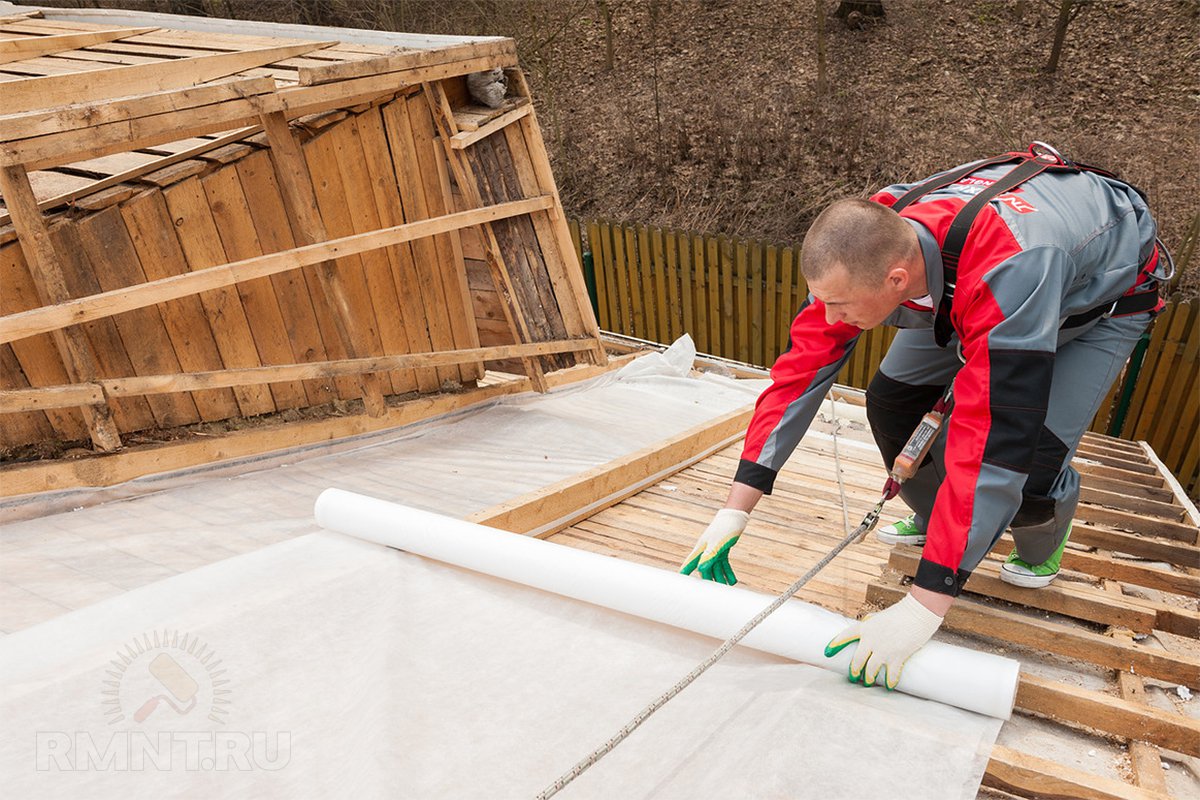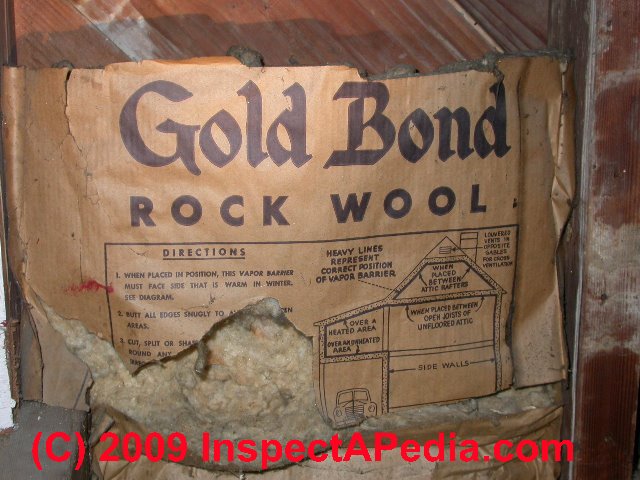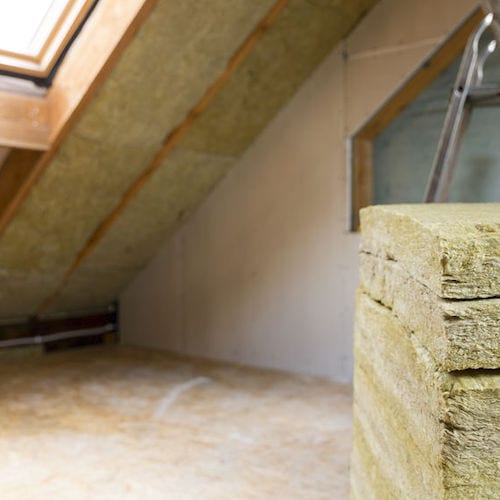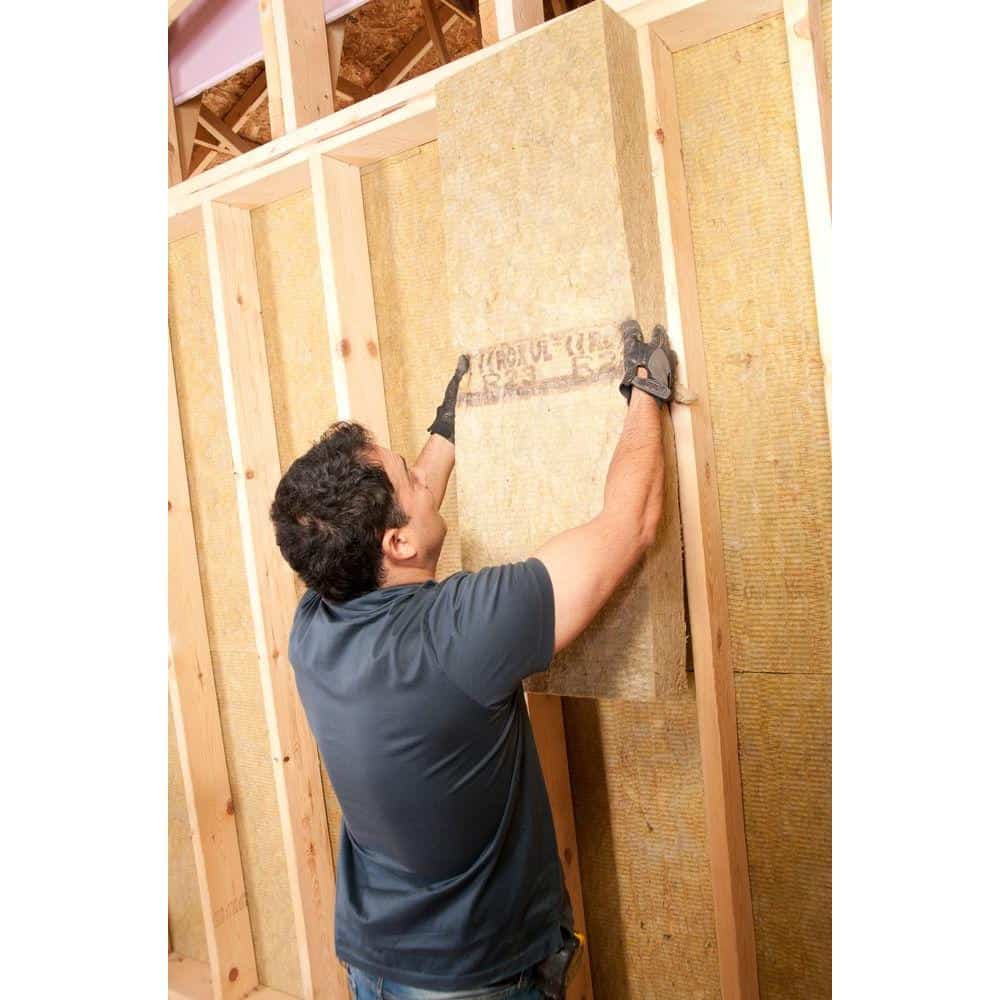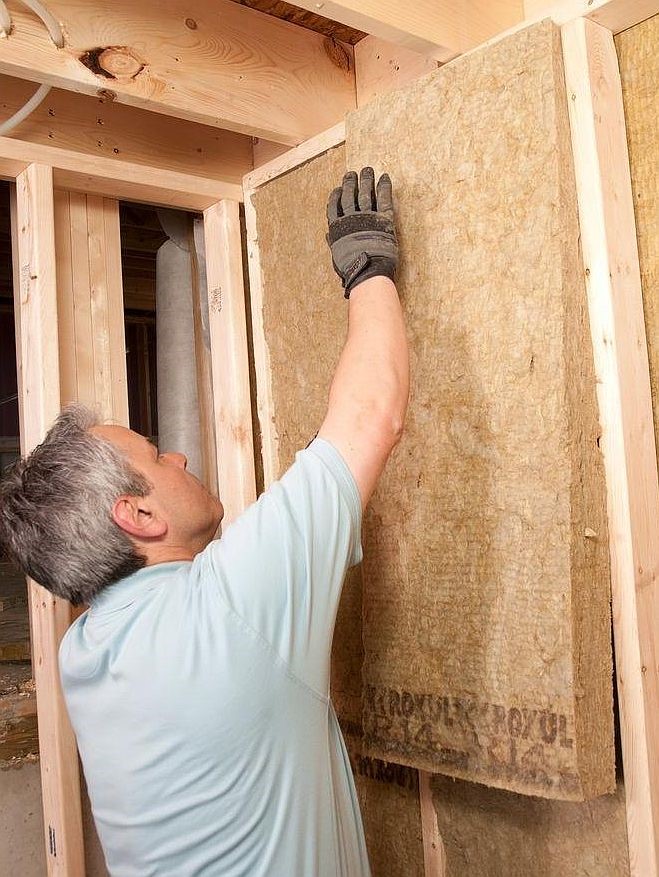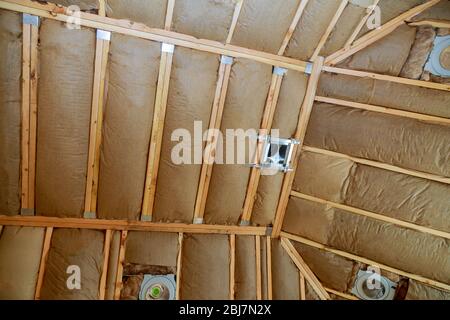Rockwool Vapor Barrier Attic

Despite the fact these two barrier systems are neither the same nor interchangeable there is sometimes confusion in the industry as a single material is often used for both functions.
Rockwool vapor barrier attic. Drywall with taped seams. For more information on the need for air barriers behind metal fireplaces visit this useful web page from the u s. I d personally seal the attic and not use any petro based papers or non inert vapor retarders barrier materials or house wraps like most foams wraps that don t work since they lack cfm or high perm nor are chemically stable. While there is no need for a vapor barrier you certainly need an air barrier in this location.
If it becomes damp or wet the insulation when dried out will maintain the original performance characteristics. Rockwool stone wool insulation does not wick water which means that any bulk water that contacts the outer surface will drain and not be absorbed into the body of the insulation. The best air barrier material in this case would be 1 2 in. Any water that contacts the outer surface will drain and not be absorbed into the body of the insulation.
Rockwool insulation is moisture resistant yet vapor permeable. That s a significant difference especially if you re insulating an entire house or large addition. Fiberglass insulation for a 2 6 wall costs between 57 cents and 72 cents per square foot. A natural inert plaster stucco on that.
In the event the insulation becomes damp or wet the insulation when thoroughly dried will maintain the original performance characteristics. I design my envelop with two materials that mate well mw and 100 wood period. Furthermore stone wool insulation does t wick water.
